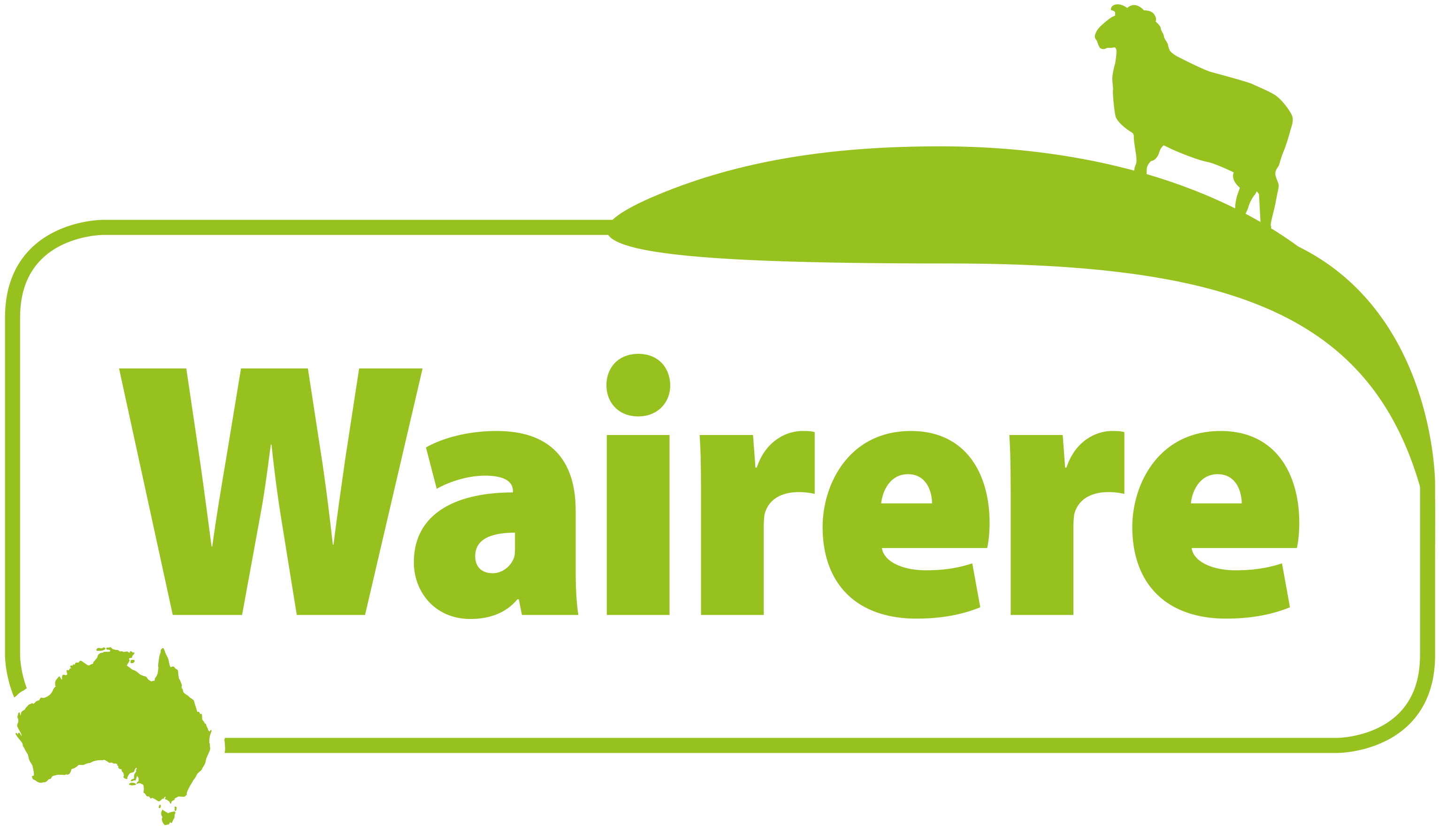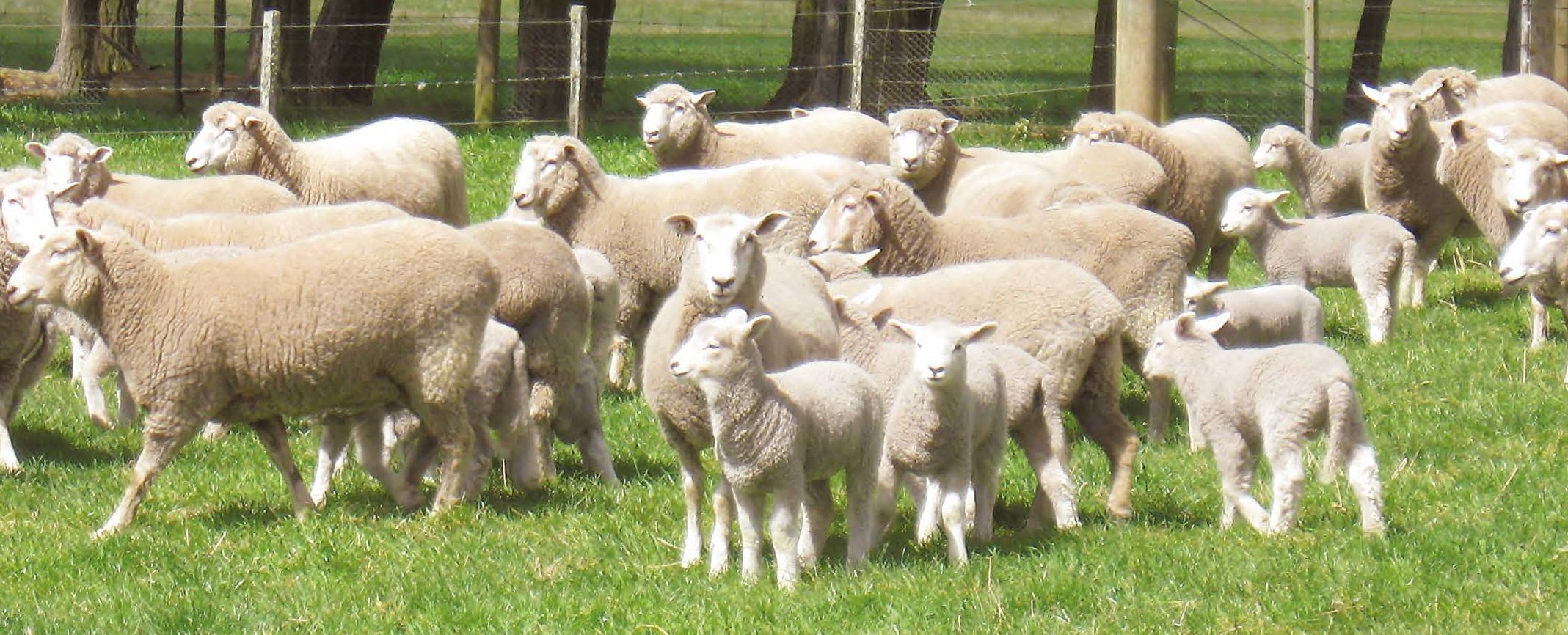Wairere Rams Australia
Delivering a world class genetics package that makes your sheep farming easier and more profitable.
About Wairere Rams Australia
The property as it stands in 2019 covers some 3000 acres which was put together in 3 separate purchases, the first in 2015 (Ram selling venue) which runs all the Recorded ewes & replacements, plus all sale Rams. For bio-security reasons this is a closed property with no imported sheep, even from within our own properties.
The 2 subsequent purchases in 2016 & 2018, which adjoin each other & Wairere (apart from a Road in between hence the ability to isolate Wairere) were in various needs of development from total refencing to capital fertiliser & regrassing.
These last 2 properties were purchased with future expansion in mind but in the medium term to run a NZ/Australian hybrid prime lamb operation. Heywood has an annual rainfall typically of 32 inches, not too dissimilar to many parts of New Zealand. What Heywood doesn’t get is an even spread as we do in NZ.
The challenge for the Wairere sheep has been to adapt to the extreme wet through late July, August & September and then virtually no rain from Xmas until May with late 30 & 40 degree days not uncommon through summer.
For this reason it’s a bigger test for our Wairere sheep than it is in NZ.
Unlike the Hill Country in NZ there’s no escaping the wet conditions on flats where lambing ewes physically cannot escape dropping lambs in mud & water. It’s been the inherent mothering ability along with the survivability of the lambs bred into the Wairere Romney’s over several generations that many of our clients have commented on when they’ve infused the Wairere Romney genetics into their flocks.
View our sheep or check out what our clients say about our sheep, please follow the links by clicking the corresponding button.
Latest News from Wairere Australia
Newsletter | August 2020 Australia
Join the WinnersThe Wairere Advantage “I’m down to one drench and vaccination per year. Breeding your own replacements has a lot going for it.” “They keep their condition better in both winter cold and wet, and summer dry. My feeding out costs and workload are so much...
View our News Archive
Please click below to view a collection of our newsletters from the archive.


